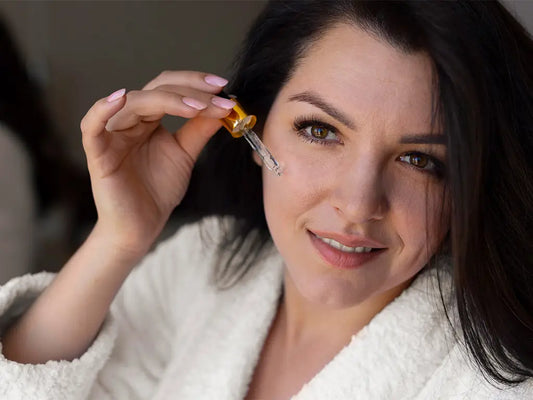Choosing the Right Longevity Clinic: What to Look for in Age Management Services

A reputable longevity clinic uses evidence-based diagnostics (like biological age testing), personalized care teams, and ongoing data tracking. When choosing a center, prioritize transparency in methodology, multidisciplinary expertise, patient-centered plans, and validated results.
Introduction
Navigating the growing field of longevity centers can feel overwhelming. Clinics now offer everything from biological age assessments to AI-guided interventions. We’ll guide you through the must‑haves—so you can choose an age management provider that balances innovation with safety, science, and real-world results.
At Infuse-Skin, we understand that longevity isn’t just about years added—but years lived well. Here’s what to look for in a quality clinic.
Infuse Skin Products:
What Is a Longevity Clinic?
These specialized centers focus on age management and healthy aging. Unlike standard healthcare, they combine advanced diagnostics with predictive medicine, lifestyle optimization, and, in some cases, regenerative treatments. Clients often undergo detailed assessments, not just treating illness, but optimizing lifelong health.
Read more: what ingredients to look for in a night cream
Key Criteria When Choosing a Longevity Clinic
1. Evidence-Based Diagnostics
Reliable clinics measure biological age using validated biomarkers—such as genetic profiling, body composition, cognitive metrics, and inflammatory pathways—often supported by AI analysis for precision .
2. Multidisciplinary, Client-Centered Teams
Look for care models that include physicians, nutritionists, coaches, and mental‑health support, with care plans co-created alongside “clients” (not passive patients) .
3. Personalized, Adaptive Treatment Plans
Top clinics offer individualized interventions—smart nutrition, exercise, cognitive training, and lifestyle modifications—adjusted over time based on ongoing data.
4. Long-Term Tracking & Support
Effective age-management relies on continuous monitoring—via repeat testing, wearables, and regular check-ins—to measure progress and refine strategies.
Read more: Understanding Mature Skin

5. Transparency & Research Integration
Trustworthy clinics share published protocols or whitepapers—like those from the IIOL/Buck Institute—and partner with research institutions to stay at the scientific forefront.
6. Regulatory Compliance & Safety
Ensure the clinic’s therapies align with FDA guidelines, especially for biologic or regenerative procedures. Clinics should clearly communicate what’s evidence-based and what’s experimental.
Signs of Quality vs. Red Flags
|
Quality Indicators |
Red Flags |
|
Data-backed testing (biomarkers, imaging) |
One-size-fits-all packages |
|
Integrated data tracking & wearables |
Unregulated “miracle” treatments |
|
Collaborative care teams |
High-pressure sales or vague promises |
|
Publicly available protocols or peer review |
No scientific citations or transparency |
|
Ongoing care with adaptive adjustments |
One-off interventions without follow-up |
Read more: Benefits of Peptides for Skin




